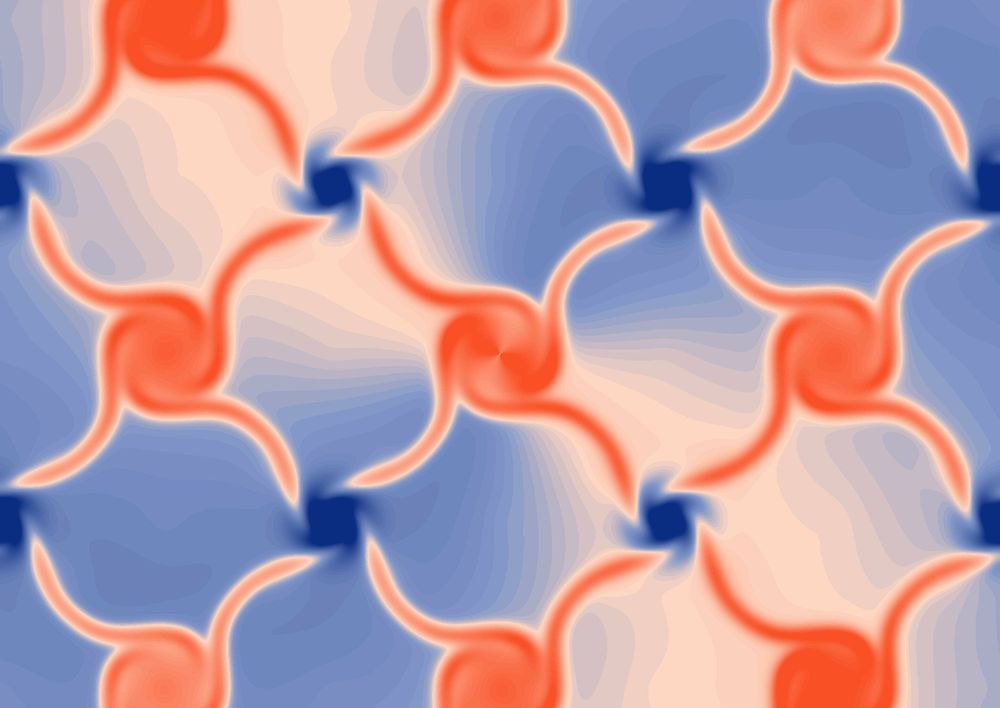Mar 25, 2019
Extremely accurate measurements of atom states for quantum computing
Posted by Genevieve Klien in categories: computing, particle physics, quantum physics
A new method allows the quantum state of atomic “qubits”—the basic unit of information in quantum computers—to be measured with twenty times less error than was previously possible, without losing any atoms. Accurately measuring qubit states, which are analogous to the one or zero states of bits in traditional computing, is a vital step in the development of quantum computers. A paper describing the method by researchers at Penn State appears March 25, 2019 in the journal Nature Physics.
“We are working to develop a quantum computer that uses a three-dimensional array of laser-cooled and trapped cesium atoms as qubits,” said David Weiss, professor of physics at Penn State and the leader of the research team. “Because of how quantum mechanics works, the atomic qubits can exist in a ‘superposition’ of two states, which means they can be, in a sense, in both states simultaneously. To read out the result of a quantum computation, it is necessary to perform a measurement on each atom. Each measurement finds each atom in only one of its two possible states. The relative probability of the two results depends on the superposition state before the measurement.”
To measure qubit states, the team first uses lasers to cool and trap about 160 atoms in a three-dimensional lattice with X, Y, and Z axes. Initially, the lasers trap all of the atoms identically, regardless of their quantum state. The researchers then rotate the polarization of one of the laser beams that creates the X lattice, which spatially shifts atoms in one qubit state to the left and atoms in the other qubit state to the right. If an atom starts in a superposition of the two qubit states, it ends up in a superposition of having moved to the left and having moved to the right. They then switch to an X lattice with a smaller lattice spacing, which tightly traps the atoms in their new superposition of shifted positions. When light is then scattered from each atom to observe where it is, each atom is either found shifted left or shifted right, with a probability that depends on its initial state.
Continue reading “Extremely accurate measurements of atom states for quantum computing” »


















